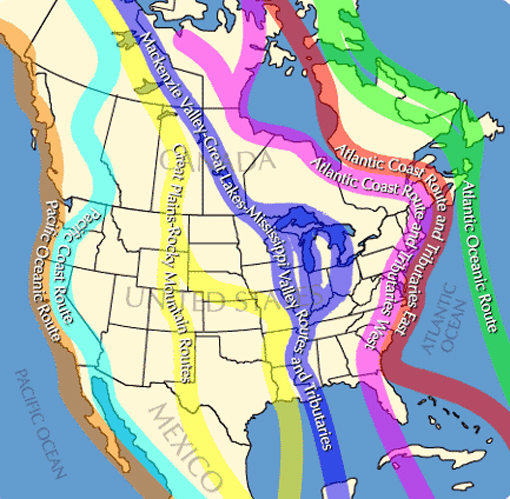Many beautiful bird species, such as the Cardinal, Blue Jay and Downy Woodpecker live in Chicago year-round. With a cold and bitter winter forecasted ahead, you can play a crucial part in helping our feathered friends make it to spring by providing them with water, food and shelter in your garden.
Water
According to the National Wildlife Federation, it costs birds precious calories and body heat to melt frozen water. To help them during the cold months, they advise placing bird baths in a sunny area to make them more visible to birds and to help keep the water from freezing. Adding several stones or placing a few sticks on top of the bird bath creates a perch to help birds stay dry and drink more easily. Adding an immersion-style water heater to the bird bath will also prevent water from freezing.
Food
Over 95% of terrestrial birds feed their young exclusively protein-rich insects. But in the winter, when insects aren’t readily available, how can we help to feed them? Hanging a bird feeder with the right type of bird seed and supplements in your garden is one way to attract birds. Wild Birds Unlimited is a store dedicated to supporting birds and other wildlife.
Landscape plants also provide nutritious food for birds by way of berries or seeds. Many trees and shrubs produce berries that persist through the winter, allowing the birds to feast. Consider a native Serviceberry, Hawthorn, Viburnum, Birch or Dogwood. Or use non-natives such as Crabapple or Cotoneaster. Many non-native evergreen species also provide essential winter berries such as Juniper, Spruce, Arborvitae and Holly. Ornamental grasses and taller perennials such as sedum, aster, black-eyed susan, coneflower and joe pye weed can be left standing, or tied up with twine, as they provide winter food for birds and places for insects to overwinter. Insects are a crucial part of the wildlife food web.
Shelter
Trees and shrubs provide the shelter that birds desire. Dense conifers or evergreens such as Falsecypress, Spruce, Yew, Juniper and Arborvitae provide wonderful hiding places and great safety for birds. Large shade trees such as Maple, Oak, Linden, Hackberry, and Birch provide safe perches were birds can survey the area for predators before concentrating on feeding.
Setting up roost boxes in various places of your yard will provide songbirds a safe place to stay warm overnight. The Washington Dept. of Fish and Wildlife website features a roosting box plan that is easy to build.
These small additions in your garden make a big impact on bird survival. Providing food, shelter and water will attract various birds, and literally bring life to your otherwise gloomy winter landscape.
Additional Resources:
Birds of the Windy City: Discover 300 Species Right in Chicago An informational booklet first published in 2000, featuring common birds in Chicago, their month-by-month activities, birding spots in the area and more.
Audobon Great Lakes Local chapter of the National Audobon Society, which focuses on birds around the Great Lakes region.
Landscaping For Wildlife A 12-page pamphlet published by the Illinois Department of Natural Resources which lists Illinois native trees, shrubs, grasses, herbs and forbs that support wildlife.
Chicago Botanic Garden Their website features an informational section on wild birds, how to support them and birding tips at the Garden.


